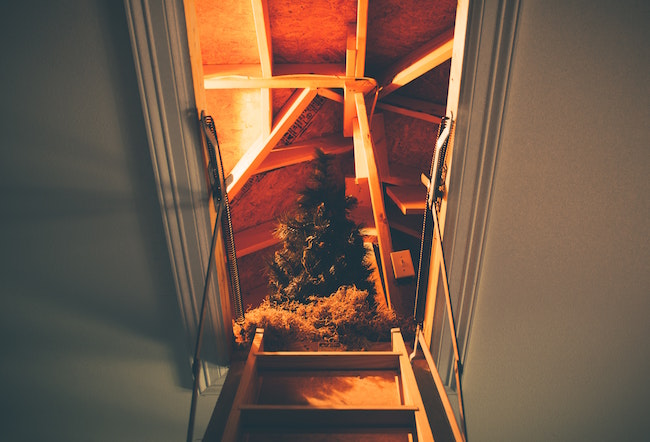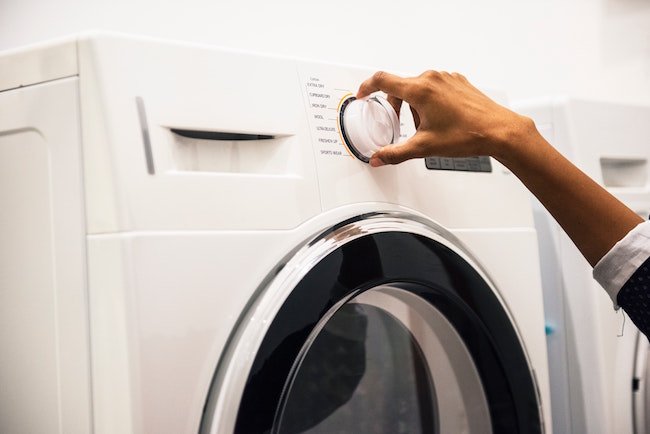
Why wouldn’t you employ a few strategies to maximize your rental income?
Every landlord is looking to make a decent profit off of their rental property investment.
To achieve this, you have a few options.
You can:
- Increase your rental price
- Offer extra services and amenities
- Charge pet fees
- Explore tax benefits
- Reduce your utility expenses
But not all of these options are always applicable. In fact, some of them can lead to losses instead of profits.
How?
For one, tenants may decide to move out if you decide to raise the rent or start charging pet fees.
And there’s a risk that any extra features or amenities that you add could end up being a waste of your money.
Tax benefits are great. However, they require you to be well-versed with local, state, and federal tax laws. Simple tax mistakes can be costly.
That leaves you with cutting down your operational expenses or, in other words, to save on your utility expenses.
How can you do this?
Reducing your operational costs is a great way to increase your rental income without affecting your tenants’ lives.
Luckily, this post covers a few effective tips that you can use to save money on your rental’s utility bills.
8 Tips on How to Minimize Your Property’s Utility Expenses
So, what can you do to cut down on your utility bills?
1. Insulate your attic
In any home, the attic is often one of the biggest contributors to heat loss.
The U.S. Department of Energy (USDE) says that insulating the attic may be one of the best ways to mitigate your heating costs.
How does this happen?
Heated air is less dense than the air at room temperature, so it will rise. That means that your attic will always have a higher concentration of heated air than the rest of the house.
 Unfortunately, if your attic isn’t insulated, a lot of that heat will be lost, leading to higher heating expenses.
Unfortunately, if your attic isn’t insulated, a lot of that heat will be lost, leading to higher heating expenses.
Energy Star estimates that attic insulation cuts down heating and cooling expenses by up to 20%. Which is great for you!
And the best part is that you can use fiberglass as an insulator because it’s affordable and easy to install.
2. Switch to LED lighting
How does an 80% reduction in lighting expenses sound to you?
That’s what you get from using LED lights instead of the traditional incandescent bulbs.
Nowadays, more and more landlords are switching to LED lighting, not only because these lights are cost-effective but also because they offer better and brighter lighting.
LEDs come with tons of perks including dimming, different light color temperatures, and very low maintenance needs.
Not to mention, they can last up to 20 years.
3. Go for energy-efficient appliances
Despite that some tenants can move in with their own appliances, a nice perk for both of you is if you install energy-efficient machines.
Installing energy efficient appliances (those with high energy saving ratings) is a sure way of reducing your rental’s power consumption.
 That means getting cookers, microwaves, dishwashers, blenders, water heaters, washing machines, and dryers that have a good Energy Star rating.
That means getting cookers, microwaves, dishwashers, blenders, water heaters, washing machines, and dryers that have a good Energy Star rating.
For instance, if you are shopping for a water heater, buy one that allows users to adjust the temperature.
4. Install programmable thermostats
There are a lot of benefits that come with installing programmable thermostats in your rentals.
In fact, the USDE estimates that these thermostats can reduce your utility bills by up to 10%.
5. Use water-efficient showerheads
Try installing a low-flow showerhead.
Just like switching to LED lighting from incandescent bulbs, using a shower head that dispenses less water can be a great way to save cash.
According to an article on water conservation, using water-efficient showerheads can reduce water consumption by 10 gallons for every 10-minute shower.
 While it’s true that very few tenants will be thrilled about moving into a house with a low-pressure showerhead, even with low-flow showerheads, weak water pressure won’t be an issue.
While it’s true that very few tenants will be thrilled about moving into a house with a low-pressure showerhead, even with low-flow showerheads, weak water pressure won’t be an issue.
That’s because these showerheads are designed to eject small amounts of water but at the same high pressure offered by other types of showerheads.
6. Reduce your HVAC expenses
On average, heating and cooling expenses often constitute around 48% of your total utility bill.
That makes the HVAC system a very important part of your rental.
Having a modern HVAC unit can be beneficial because they are more efficient in terms of performance and power usage.
Even having a state-of-the-art HVAC system won’t be of much help if your property can’t retain the heating/cooling.
You have to make sure your property is well-insulated against heating and cooling loss.
How can you achieve this?
- Use a decentralized system, that way your tenants will only heat the rooms they are using instead of the whole house.
- Insulate the attic and basement.
- Use blackout curtains to prevent heat loss.
- Make sure your HVAC system is well-maintained at all times.
- Insulate your heating ducts.
- Seal off any gaps, cracks, or spaces that may lead to heat loss.
7. Use motion-sensor security lights
Yes, this works too.
How?
Motion-sensor security lights only switch on when there’s someone passing close to them.
That means that in the absence of a passer-by, the lights will be off, reducing your electricity bill.

8. Keep track of your utility bills
The only way to check whether you are lowering or increasing your utility costs is by monitoring your bills.
That way, if you notice a spike, you’ll know what to do to bring the expenses down as quickly as possible.
We can all agree that utilities can really eat into your rental income if left unchecked.
To be able to maximize your income, you’ll have to reduce your utility bills. And, with the tips above, achieving this will be easy for you.